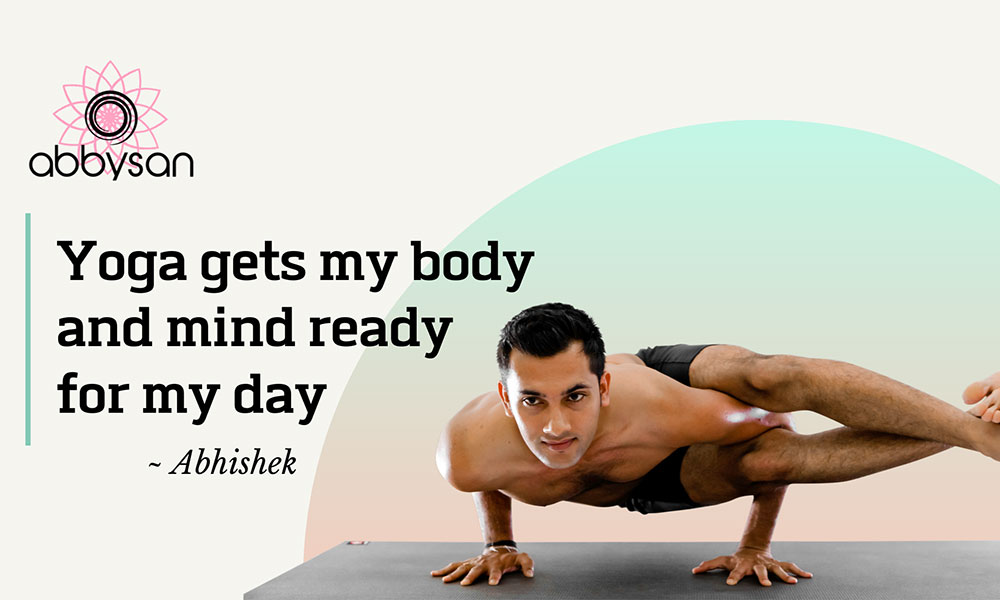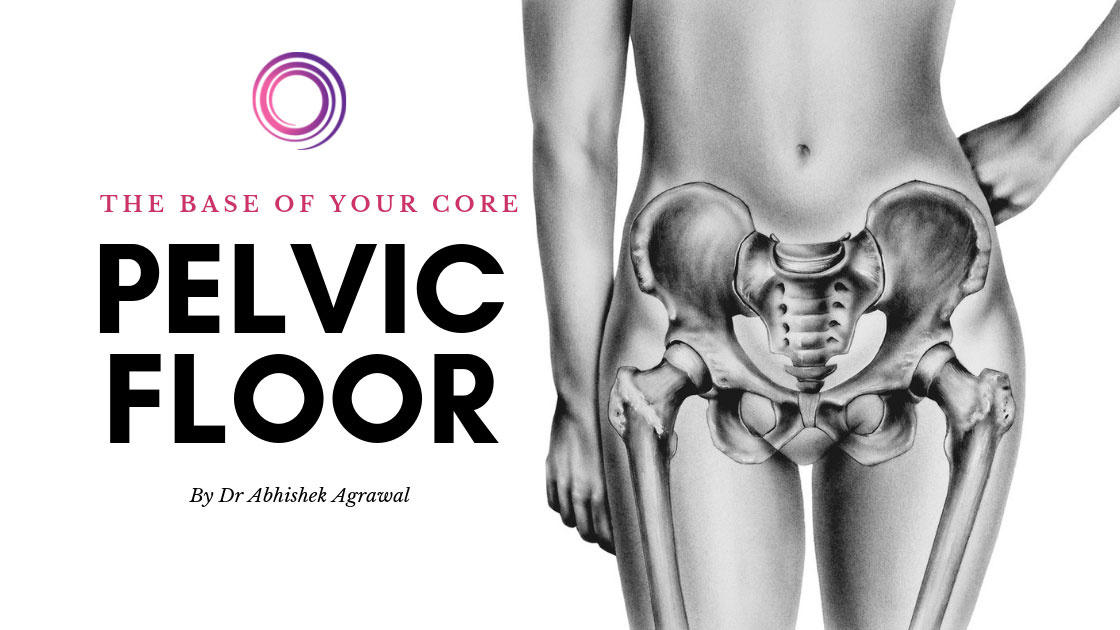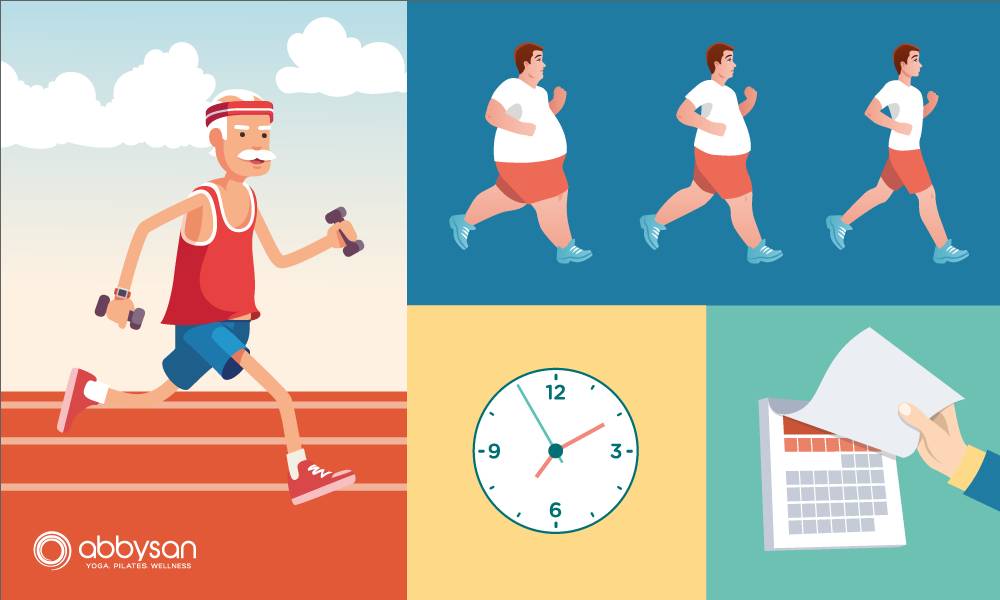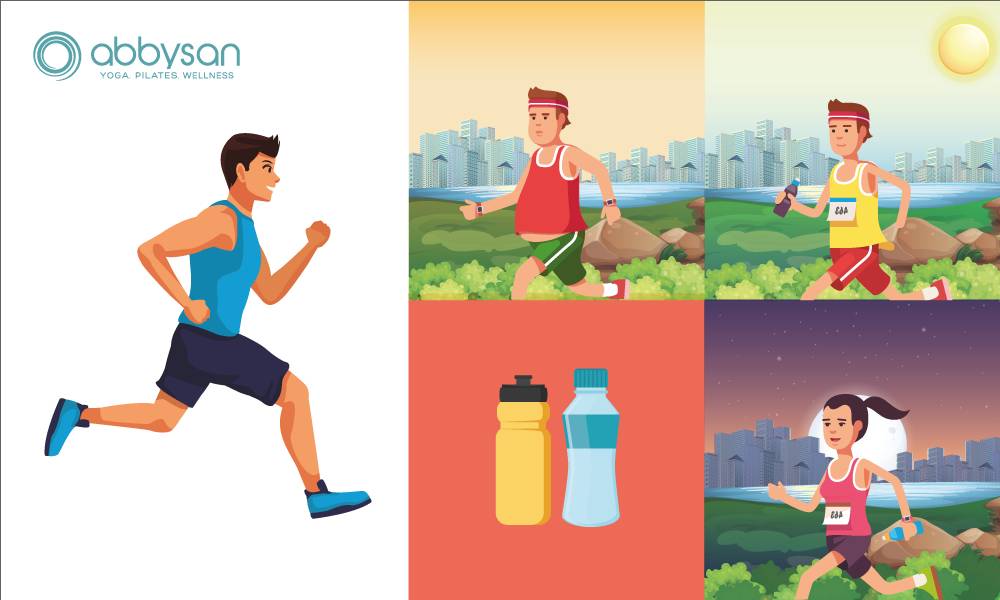The answer to a fit and balanced body is definitely not found in sports. Sure, sports are fun, have some health benefits, and get us outdoors. Some are good for us. But to consider starting a sport to have a fit and well-balanced body is not the best option. Sports do not get us in shape; they actually get us out of shape.
The problem with most sports is that they develop tight muscles and create imbalances, either because of uneven use of muscle groups or because of uneven use of one side of the body.
Imbalances in Running and Tennis
Let’s take running for example. Sure, it is great for the cardiovascular system. But it dramatically tightens the muscles at the back of the legs. And besides this, it has no effect on most other muscles of the body. This intense shortening or disproportionate strengthening results in major muscular and structural imbalances.
Tennis is a game of repetition, and it creates a lot of strength and flexibility imbalances throughout the entire body, imbalances that could lead to injuries if not corrected. First of all, the player gets stronger in his dominant side and by always hitting the ball with the same hand. All parts of the body are linked together in a kinetic chain, and when one single part of this entire system does not work properly, it can create imbalances throughout the entire body and injuries on muscles that need to take abnormal loads.
Long Term Side Effects
The harder you train, the tighter your muscles will become, and this applies to most sports. Sure, there are some benefits to this as well. You will initially lose a few pounds, burn some fat, add some muscle mass and feel great about yourself. The problems appear over the long term when imbalances are created (unless you do something about this).
Muscle tightness or imbalances are bad, but they are not that bad. Some people can live with them for their whole life, not even realizing what the problem is. The real problem is when these imbalances lead to major injuries. Then you will have to quit working out completely or to switch to a different activity and start it all over from scratch, losing all of the progress you made to this point.
But switching to a different sport or activity will not solve the problem, and will eventually lead to the same injury again. We already discussed more about this in a previous article, and the solution lies in Yoga and Pilates.
Imbalances Lead to Injuries
Invariably, a lack of awareness about existing imbalances and the need for total fitness training is what leads to injuries. All injuries in sports are caused by structural and muscular imbalances, and we are not talking here about the obvious cases where you fall of the bike, you trip over a rock or the hockey puck hits you in the head.
If you start a training program with an existing imbalance that may have developed over the years from poor posture, an old injury or genetic bad luck, it will make its presence known at one point during training. The same thing is true when developing muscular and structural imbalance as a result of training.
Unfortunately, old-fashioned stretching is not something that most people like to do or have time for. And then, they slowly have to witness their bodies getting tighter and tighter. They eventually recall their pre-training days when they were free of muscle tightness and they were still able to touch their toes.
In the morning they barely crawl from bed to a hot shower, to their training clothes, and maybe also take an aspirin or two on the way. Then they wander through the city in search of chiropractors, physical therapists and orthopedists.
The Solution
Once injured, you will have to go through a lot of re-patterning, body tissue adaptations and changes in muscle length and strength ratios. If you got injured 1 year ago and didn’t do any rehabilitation, then the recovery will also take 1 year or more. It’s the same with weight loss. If you gained a lot of weight over the course of 2 years, it will also take around 2 years of eating healthy and working out in order to get back in great shape.
No matter the type of muscle imbalance or tightness you have, we can help you get back to normal through our Yoga and Pilates programs. We have many years of experience, helping both professional athletes and regular people. We offer a wide variety of methods and classes that can help relieve stress, treat certain medical conditions, rehabilitate after injuries, have more mobility and a better posture. Check our website for more info and contact us today! The staff at the Abbysan Center will gladly assist you!










